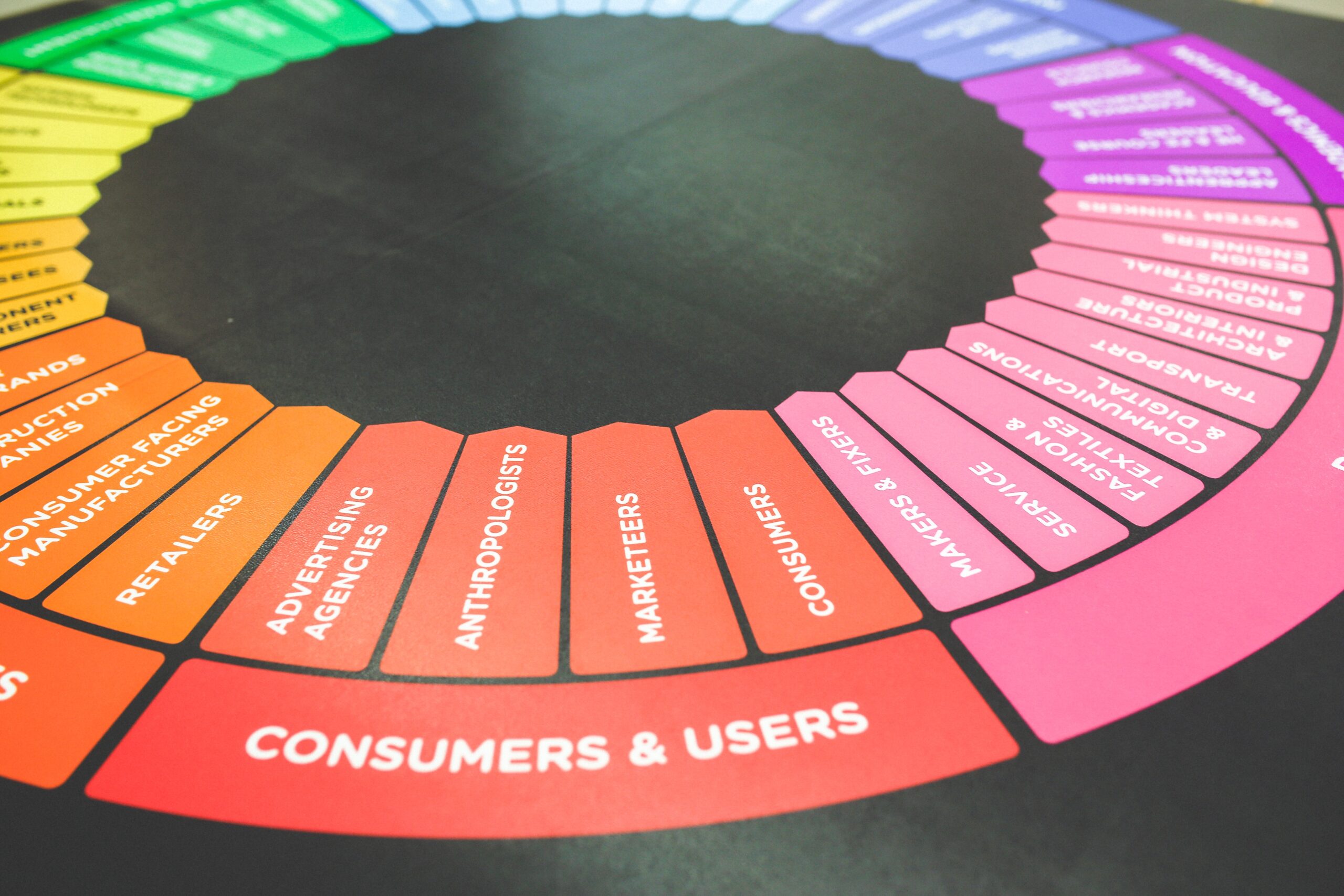The Importance of Personas in Brand Development
What Is a Persona?
It’s easy to think that in order to generate the most revenue, your product or service needs to appeal to the widest range of audiences. However, companies and businesses these days have smartened up and adjusted their approach in marketing and brand development. Rather than catering to a multitude of customer types, they have been targeting audience personas.
Also known as customer personas, user personas, buyer personas or brand personas, thinkwithgoogle.com defines personas as “fictional profiles that represent groups of similar people in a target audience.” And while they sound similar to user demographics, personas are far different, as they allow your marketing to reach your target audience on a more personal level because your content has been tailored according to their needs, preferences, motivations, pain points, behavior, and other factors. mojomedia.com may have said it best: “Without them, your content and strategy will point in all directions with no focus or purpose. And that means no results.”
What Are The Benefits of Developing Personas?
By developing personas, you’re able to put a face on your target audience rather than view them as abstract data gathered from surveys, interviews, focus groups, and other sources. This is possible due to a greater understanding of consumer types, thanks to the volume of specific details and identifiers forming each customer profile, ranging from age group to occupation, values, beliefs, and other characteristics.
Instead of just thinking that your ideal customer is a “working class female in her twenties,” you – as a travel agency looking to sell tickets for an island getaway – might identify them as a twenty-five year old young lady with a steady office job (like an admin assistant) who works hard, plays hard and is looking for the most cost-effective arrangements to the newest and trendiest beach location with a booming tourist industry.
Why Are Personas Important In Product and Brand Development?
This higher level of understanding based on how your target customers think and behave as consumers enables you to engage with them better because you’re able to extend relevant messaging and offers to them while allowing yourself to make adjustments to your solutions and content. Take for example the case where Cascade Strategies conducted a comprehensive brand exploratory project for Delta Dental. Delta Dental wanted to offer dental insurance coverage in some key states, and they wanted to discover the best consumers to focus on in these states.
After we developed a master brand typology for them, we identified the “Sage” persona as the ideal consumer type for their campaign. The Sage is extremely active in improving their dental health and is far more obedient than the average patient to the dentist’s guidance and instructions regarding oral care. We prepared extensive customer journey mapping and persona explication for Delta Dental’s marketing executives. The resulting Sage campaign produced a 17% increase in subscriptions in these key states after just one year of activity.
The case history of Garden Botanika is also instructive. This beauty care brand wanted help in determining the best segments of the population to target for their marketing efforts. After developing a master brand model, we identified the “Beauty Functionalist” persona as the most profit-optimal customer for Garden Botanika’s campaigns. The company then introduced new products fitting the specific needs and preferences of Beauty Functionalists. Store personnel were also retrained to better understand the values, behaviors, and product needs of Beauty Functionalists. There were even frequency, cross-sell, and up-sell programs implemented based on the additional products Beauty Functionalists were most likely to buy.
During the first months of activity, purchase rates were roughly 2%, which was about what they had been before. But as the model continued to learn, purchase rates grew dramatically. These improvements, propelled largely by the campaign appeals to Beauty Functionalists, translated into significant additional profits for Garden Botanika. The purchase rate among Beauty Functionalists went as high as 14.8%, and Garden Botanika began opening new stores at the rate of one a month! Industry analysts cited Garden Botanika as a model for store growth, with company executives eagerly sought for media commentary and appearances as well as remarks at trade conferences.
Aside from informing product development and helping form the foundation of your marketing strategy, personas grant consistent focus to your brand development. Imagine introducing a product to the market without knowing and determining your audience personas. No matter how much you spend on advertising, your messaging won’t land because it’s not saying something highly convincing to your target audience. And your message might even get muddled and lost amid the competing advertisements trying to make their brands relevant as well.
The Buyer’s Journey
Perhaps just as important as personas is recognizing which stage of the buyer’s journey your customer is in. According to hubspot.com, the buyer’s journey describes a path to purchase which breaks down in three stages: Awareness, Consideration, and Decision. The first stage, Awareness, is the part where the consumer becomes aware of a problem and has started looking for information to define and understand it. Consideration, the second stage, is the part where the consumer researches for possible solutions. Decision, the third and final stage, sees the consumer reviewing available products, services, or businesses and deciding which one to go with for their purchase.
By taking into account the stage in a buyer’s journey the customer is in, a brand can come up with multiple messaging and marketing content for the target persona expressed in the language and delivery format they best relate to and understand. This means delivering relevant – not overly salesy – content appropriate to the stage they’re in:
- Awareness Stage: informative and helpful when defining the problem
- Consideration Stage: factual, honest, and detailed about what solutions are available
- Decision Stage: persuasive and differentiating when the consumer is considering a purchase
Brand development aims to create an identity that best represents your business, its values, and what makes it unique. But it is a continuous process that aims to uphold or advance that image and reputation. It seeks to connect and be relatable to its ideal consumers regardless of changing trends and market shifts. And perhaps no better tool can serve in achieving this goal than developing and refining data-driven buyer personas.
For over three decades, Cascade Strategies has been providing top US and international companies high quality brand development research including segmentation studies to uncover their ideal buyer personas. Please visit us here to find out more about how our superior thinking helped clients identify and focus on their most profit-optimal and loyal consumers. Feel free to tell us here about your specific marketing problems and needs, and we will be pleased to help you!



